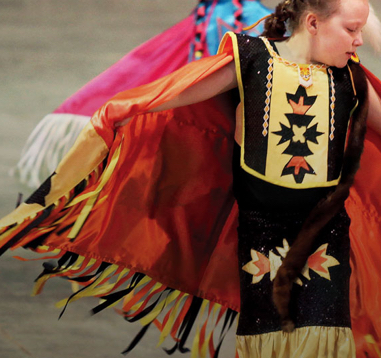-
History & Culture
-
History & Culture
Supporting a healthy community by facilitating dialogue, maintaining continuity, and providing protection of Tribal lifeways.
- Learn more
-
-
Government
-
Government
One of nine federally recognized tribes in the State of Oregon. As a western Oregon Treaty Tribe, we are a sovereign tribal community known as a caring people, dedicated to the principles of honesty and integrity.
-
-
Services
-
Services
Since restoration in 1983, Tribal efforts have focused on rebuilding Tribal institutions, strengthening tribal culture, and developing service and educational programs designed to meet the needs of Tribal members.
-
-
Project Updates
-
Project Updates
This page highlights some of the larger projects currently under development by the Confederated Tribes of Grand Ronde. These projects will allow the Tribe to expand its ties throughout its homelands, extend services to its members and diversify the Tribe’s economic base.
-
The story of the Confederated Tribes of Grand Ronde is…
Learn more
-
- Videos
- Events
-
Contact Us
-
Contact Us
Want to get in touch? We'd love to hear from you. Here's how you can reach us.
-

